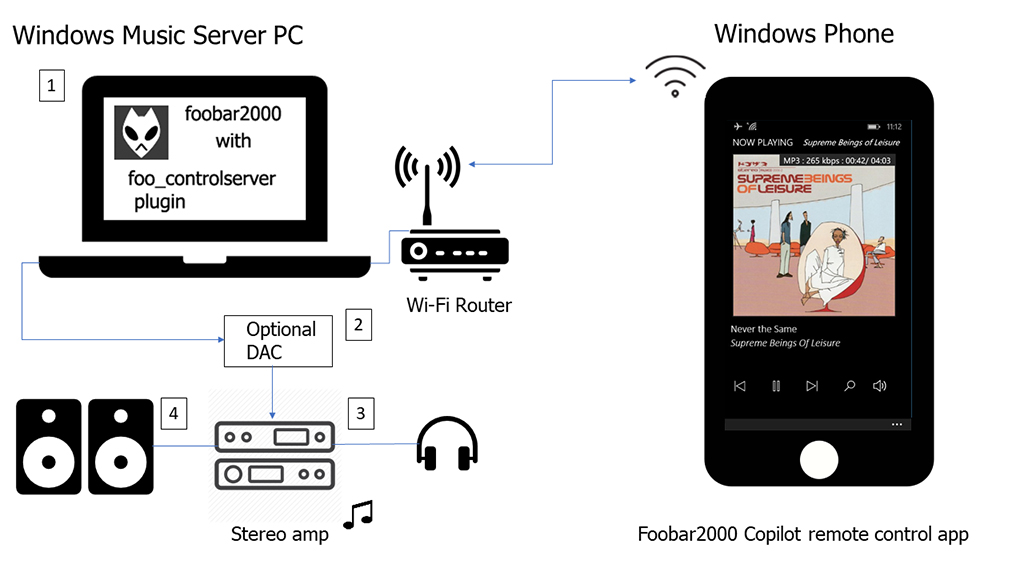
My systems may look different (see Systems Gallery), but they all share a common architecture, which is composed of :
1) a small footprint Windows PC running Foobar2000 as a music server, and with that PC feeding audio via 2) an external audio DAC into 3) a tube amp for amplification and 4) then out to speakers. See above diagram.
Instead of a tube amp, you can use any other type of amp -- for example, your home theater sound system. The DAC is also optional.
I use my remote control app Foobar2000 Copilot running on a Windows Phone to control playback.
Because I dedicate the PC for use as a Foobar2000 server and most of the time interact with that server via my remote control Foobar2000 Copilot app, I could run the PC without a screen or a very small one.
Some full Windows PCs are now palm sized so one can now build a relatively compact Foobar2000 music server that will fit almost anywhere -- gone are the days of large, clunky desktop tower PCs. Also many of these PCs are now under $200, some even under $100.
1) Small Windows PC running Foobar2000 and also storing my music library. But because the PC is Internet connected, Foobar2000 can also play other audio sources such as Internet radio and streaming podcasts. If you have Bluetooth on your PC, you can also stream audio from Foobar2000 to various Bluetooth headphones or portable speakers.
To process audio does not require a super powerful PC, so I run Foobar2000 on either a small laptop or a small form factor PC, similar in size to a Mac mini. Foobar2000 currently only runs on Windows PCs, not Macs.
I repurposed a couple of my older small form factor Dells, a Hybrid and a Zino 410 HD, as music servers. Dell no longer makes either of these two PCs. But there are many options available today.
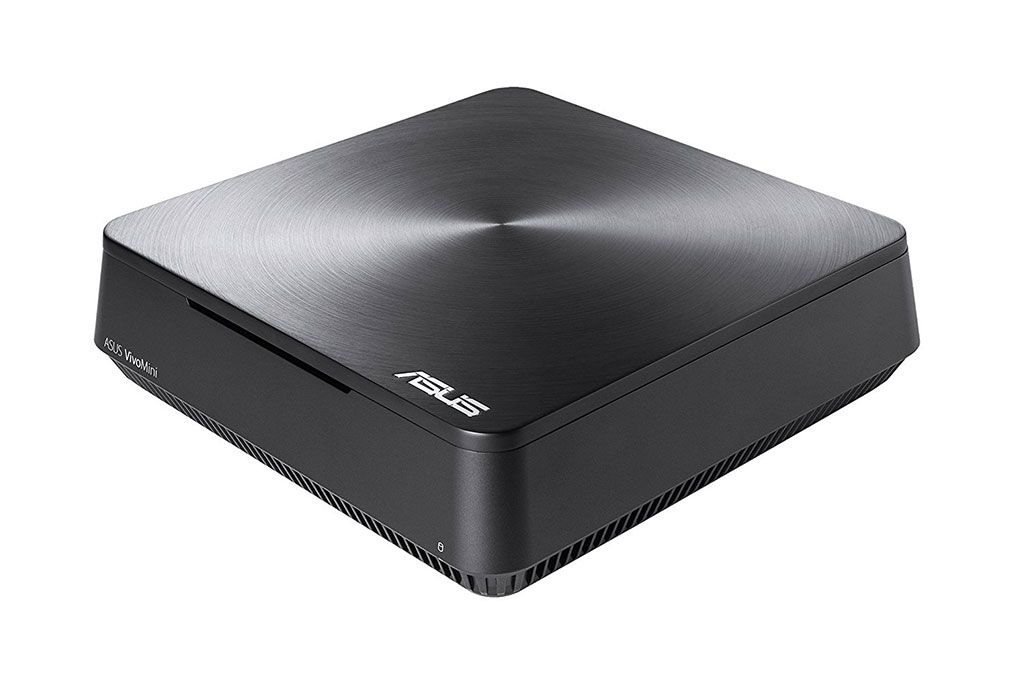
ASUS VivoMini PC
An example of a current PC that would make a nice Foobar2000 server is the ASUS VM65N-G063Z. It's about 7.5"x7.5"x2" in dimensions, is a full Windows 10 PC , has a 1 TB hard-drive and costs about $500 (see Amazon link).
There are many PCs in this "mac mini" like form factor -- often used as home theater PCs for serving up video content -- but they would also make a nice Foobar2000 audio server.
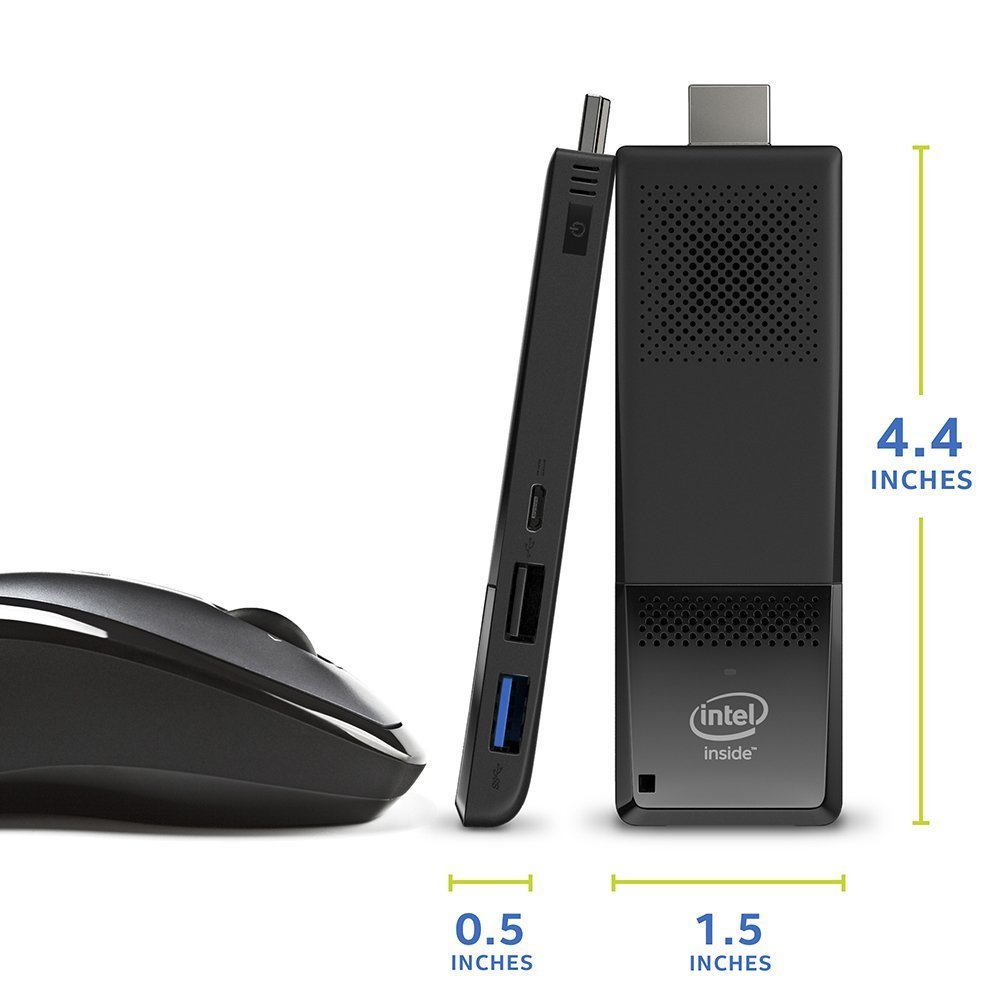
Windows 10 PC on a stick
I'm also intrigued by the 'Windows PC on a stick' form factor, similar to the Android on a stick devices introduced a few years ago.
This is a full Windows 10 PC with 2 USB ports, HDMI and a microSD card slot, in a very small form factor. It also has Wi-Fi and Bluetooth 4.0 onboard and a base price of around $150. It uses an Intel quad-core Atom x5 chip set. See this Amazon link.
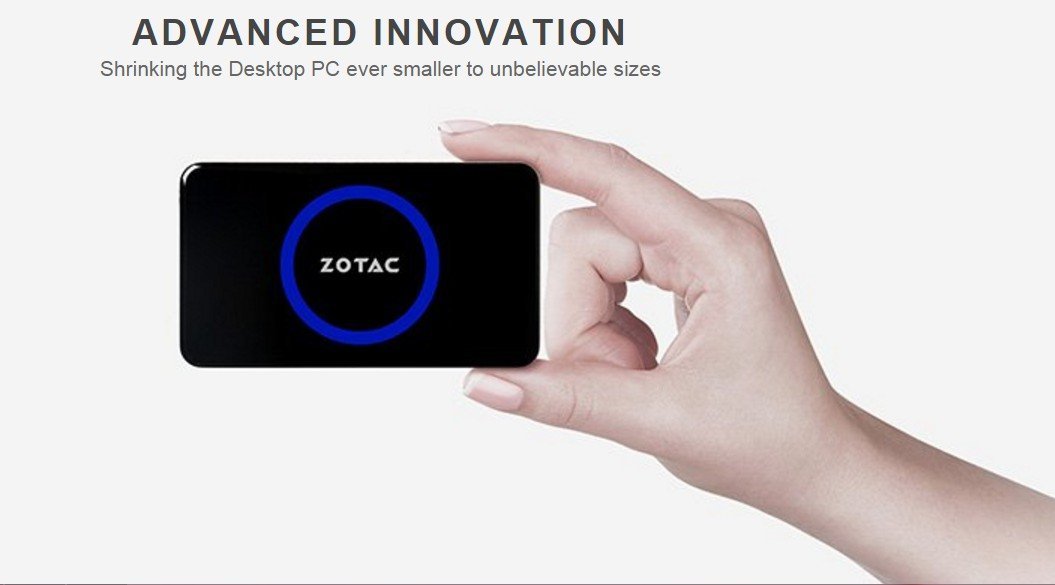
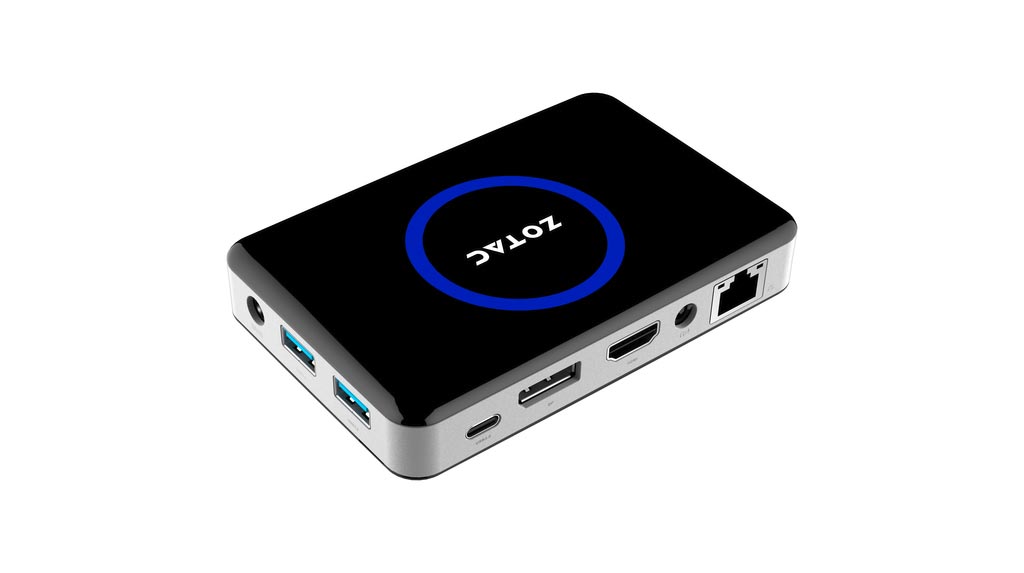
Zotac Zbox
Yet another new small form factor PC is the Zotac Zbox P Series, bigger than the 'PC on a stick' but still able to be put in your pants pocket. It's a Windows 10 PC with built-in Wi-Fi, Bluetooth 4.0, and full sized USB 3 ports and costs about $200.
You could instead also select a small PC laptop or tablet. A new 'crop' of low cost full Windows 10 laptops and tablets are now in the market, some priced below $100, such as the NuVision 8" tablet at $80. See NuVision Tablets.
The advantage of using a small laptop or tablet is you won't need an additional display - though this might not be an issue with you if you have your sound system next to a wall mounted TV screen, which could double as a computer screen.
I experimented with this using an HP Stream 7 tablet. I needed to use an external USB hub with that setup to make it usable.
I also experimented with using a Viotek Windows PC with a built in 7" touch screen. I preferred using the small Viotek PC versus the HP Stream 7 tablet, since it has on-board 4 USB ports, so I didn't need an external hub.
I currently don't see it being sold, but it's very similar to the Pipo small PCs. See this Pipo link..
The Pipo X9S PC would make a good music server PC. It has a built in 8.9" 1080p touch screen and has on-board 4 full sized USB ports, Wi-Fi and Bluetooth 4.0. It ships with Windows 10. It costs around $145 for the 4GB memory, 64GB solid state drive version.
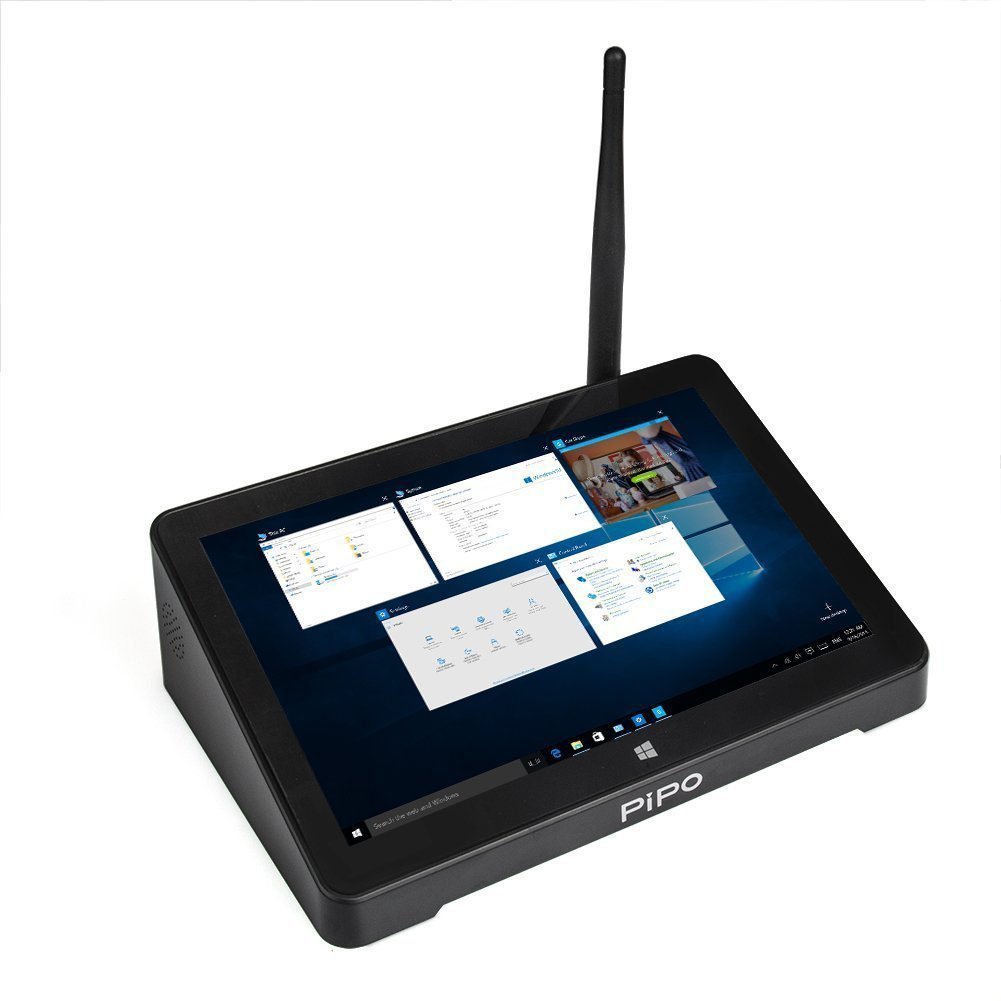
Pipo Small Windows PC
If you were to load Foobar2000 on one of these PCs, connect it to an external USC DAC and an external powered USB hard drive containing your music library, it functionally could serve as a Foobar2000 music server.
These days, many of you also combine your home theater and sound systems -- using an AV surround sound receiver. In such a setup, integrating a small PC would be relatively easy -- you could use your TV screen as a PC display. You could connect your PC via HDMI to your AV receiver -- using HDMI for both video and audio. In Foobar2000 you can specify that audio be sent to the HDMI connection, so music would play on your home theater sound system.
So there are so many options available to you in today's market, at a wide range of price points. See, for example, the Liliputing mini-pc page to see some currently available PCs or just google 'small PC'.
The Windows PC form factor is continuing to evolve ever smaller while costing less, versus the days of big, noisy, expensive desktop tower PCs.
Smaller form factors, combined with lower costs, make using these PCs in all sorts of dedicated applications like audio servers attractive ... These small PCs also consume considerably less power than traditional desktop PCs so could be left on 24/7 and be always at the ready.
2) Audio DAC (Digital to Analog Converter) which takes the digital audio signals output from the PC via either a USB or a SPDIF port (if your PC has one) and converts that to analog stereo output. I then connect those analog audio outputs to the right, left channel inputs on the tube amp.
If you want to use your home theater audio system as your amp, you could just directly connect -- skipping the DAC -- the digital audio off the PC using either the HDMI sound or the SDPIF output or an audio line out to your home theater amp and be done with it. No separate DAC needed.
There are so many DACs out there now, with all sorts of implementations and price points. Do an Internet search on audio DACs, and I think you will see what I mean. So there is no such thing as the all encompassing, 'perfect' DAC.
See The Master Switch's "Best DACS of 2017" or Ezvid Wiki's "The 10 Best USB DACs".
I'd recommend if you have the time to experiment to listen to a bunch of them to see what might suit your preferences and budget. Some can sound more analog, some super resolving...
Also I'd recommend as a starting point, you look at some of the online forums and sites such as the 'computer audiophile', 'the well-tempered computer', or decware forums to read about DACs in general, as well as to read recommendations and experiences others have had with different DACs. See Links Page.
But it's about the synergistics of what DACs sound well with the particulars of your system and what your preferences are.
You want your system to be balanced in the sense you don't want to 'overdo' one component and 'underdo' another. But your selection of DAC, that one component, can make a huge difference in the sound of your overall system. Trying to find a DAC you like and can afford is likely where you will spend a lot of time.
There have been volumes written on DACs ... on oversampling vs non oversampled, on using usb vs spdif, and if using usb how that is implemented on the DAC, i.e. is it async or not.
Some such as the Eastern Electric MiniMax DAC I have in one of my systems also has a tube gain stage you can use or not.
You can also if you like to tinker, try more DIY to help you get a better handle on DACs. One DAC I experimented on when I was first starting out used Yeo's diyparadise Monica DAC which I mated with a Decware zkit4 , which is their small tube gain stage. See this link where I shared some of my experimentations years ago. That DAC has a more 'organic' analog sound to it.
But also the Eastern Electric Minimax DAC I have, you can open it up and, because the op amps are socketed, experiment with different ones. You can do internet searches to see what op amps others may have tried and liked. Swapping op amps is like the digital equivalent of swapping tubes on a tube amp to get different sonic signatures.
I think overall what I'm trying to saw here, with so many choices out there, is to go slow, take you time listening and experimenting until you find just the right DAC for you. Do some audio 'tastings'... Also using an external DAC means you can always swap it out for another DAC at anytime...so you can experiment some...
3) Tube Amp as the audio amp. Again there are so many tube amps out there and some can be very pricey. But there's just something about the tonality of a good tube amp I like. But again instead of a tube amp, you can substitute any other amp that you prefer.
I did also experiment with digital amps -- such as various t-amps, such as modified trends audio t-amps, including running them off just batteries, and driving high efficiency speakers.
They can sound very good and are priced very low. If you are wanting to experiment, but not wanting to spend much, you might also look at digital t-amps.
But another reason I went with tube amps, is I still also have turntables, so I also wanted a full analog setup as well. Though most of the time, I listen to music using my computer based Foobar2000 front end.
Regarding tube amps, I started out with a small Decware SE84CS many years ago (Decware makes a newer model of this amp now). To this day, I still enjoy it in a smaller den setup, more of a near field listening arrangement. It only puts out 2 watts per channel, so needs to be mated with high efficiency speakers. I did also mod it with VCAPs. The SE84CS is all hand built with point to point wiring, no circuit boards, and most importantly is beautifully resolving.
If you are looking for a smaller, more 'intimate' setup coupled to high efficiency speakers, I can highly recommend the Decware SE84 Zen Amps. They are also reasonably value priced.
Most of my tube amps are from Decware, including the Torii I, and Torii MK2. The Torii Mk line of amps I can also recommend if you need more power than their smaller SE84 amp. Steve Deckett has a great ear and I like how he voices his amps and how all of them are hand crafted.
4) High Efficiency Speakers Typically because the output levels of tube amps can be low, you need to mate them to high efficiency speakers which you can drive with very little power. You want your amp to be able to driver the speaker with a certain 'authority'...
But again it's not just one component in the system since the speakers themselves also impart part of themselves into the whole system mix.
Again most of my speakers are from Decware, including the MG944, DM944, RL1.5. Of their current speaker versions, one speaker you might look at are the Zen Monoliths DM947s. I have their earlier DM944 bookshelf sized speakers which they have basically updated and also mated with a Horn enclosure. I know how good and resolving the earlier DM944 sounds, which the Monoliths would surpass with that ported enclosure.
But I also do have and like the hornshoppe horns -- I have 2 pairs of them -- one pair with the original Fostex fe108ez driver and one with the newer Fostex fe126en drivers. The hornshoppe horns are a single driver horn loaded speaker with no crossovers (though Ed now also does one with an additional Heil driver). I also have their small base augmentor on one of my horn setups to round out the bass.
What I also like about Ed's speakers are they not only sound great, but they have a smaller footprint (30" x 11.5" x 6" wide), so are easier to fit into my room arrangements, where I don't have a lot of space.